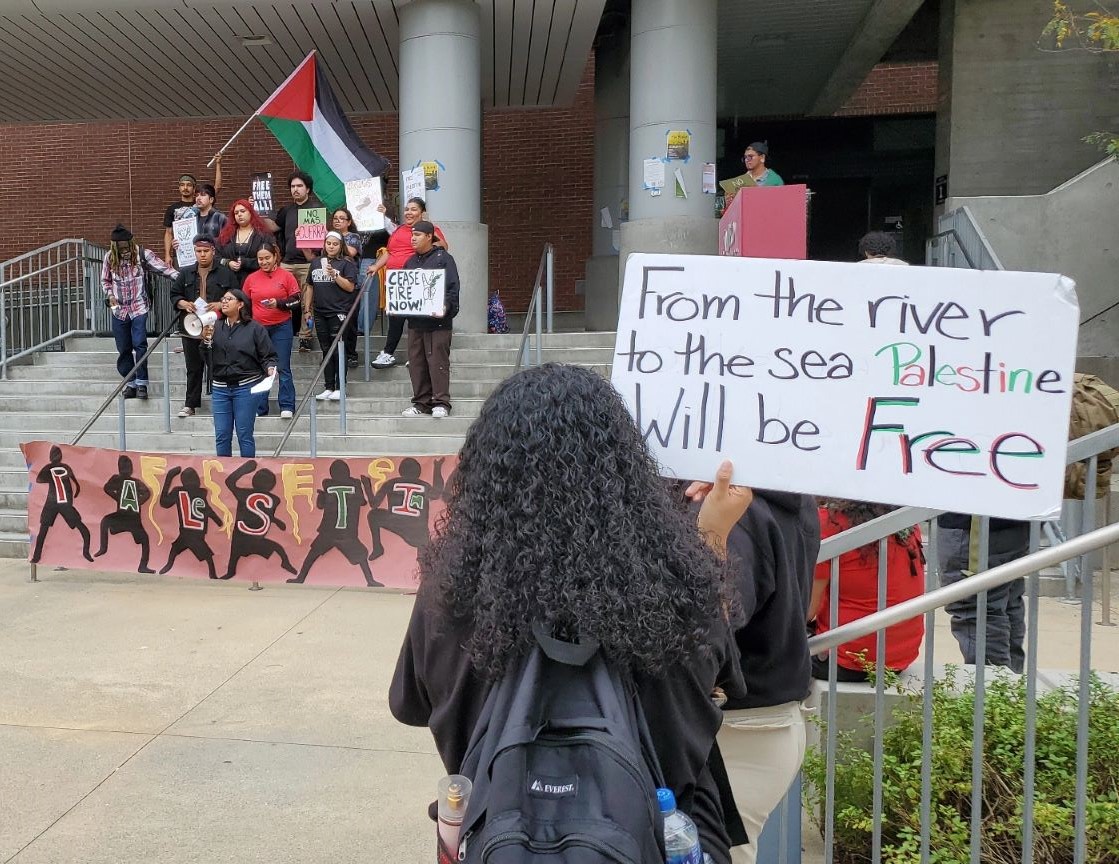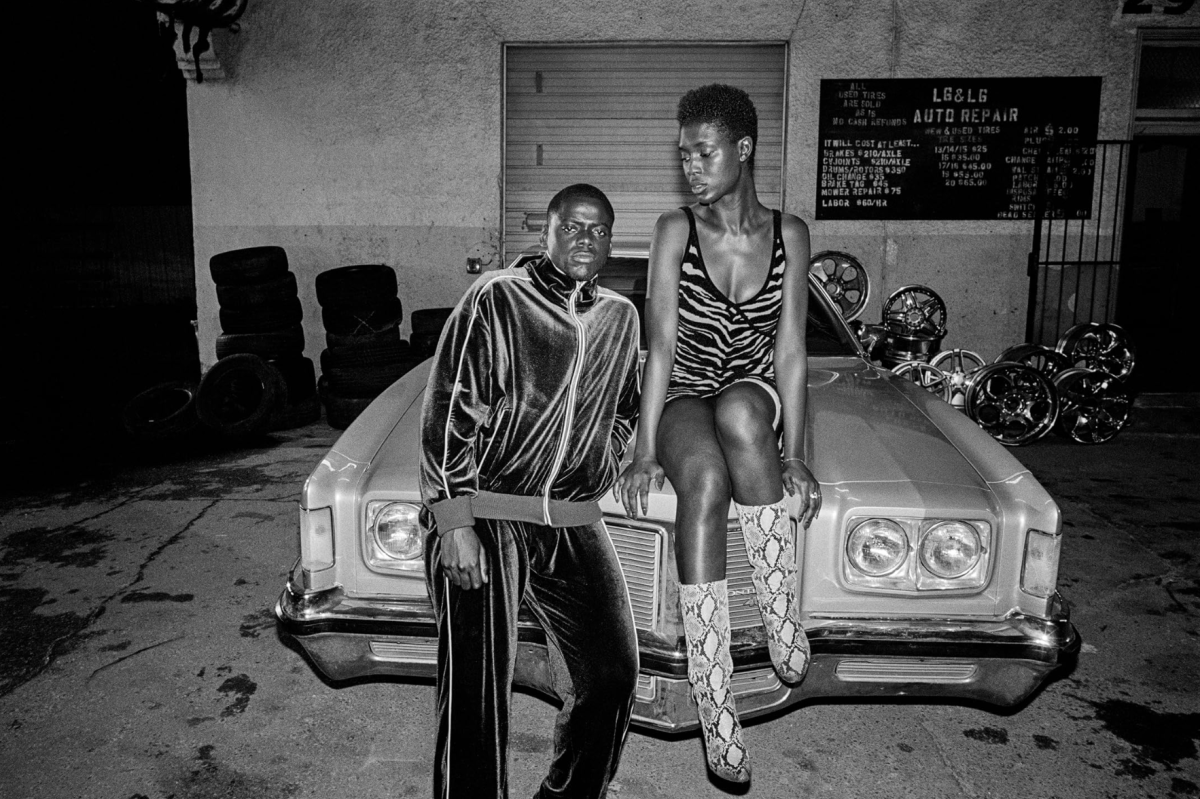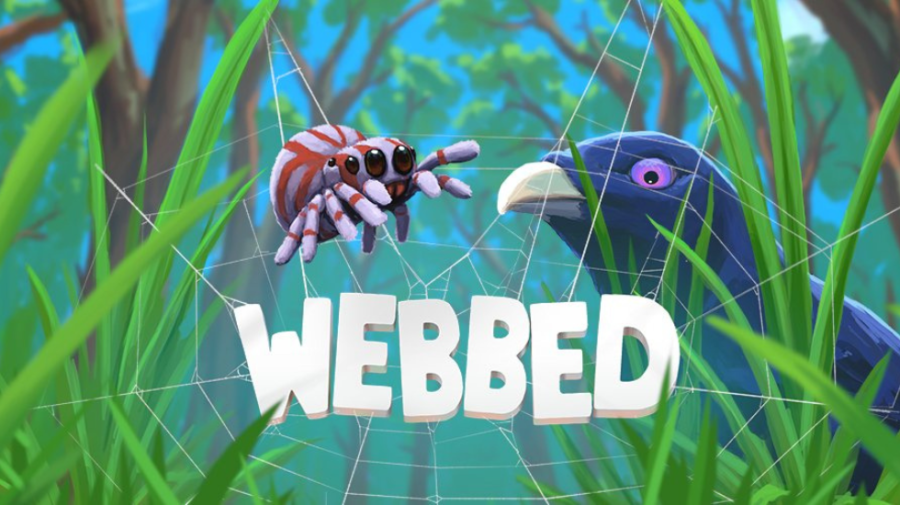Typically, the modern-day dating options for a gay man with limited time and a phone have often been soul-mate-seeking websites such as OkCupid, or no-strings-attached messaging apps such as Grindr, Scruff or Jack’d.
But what if all I needed was an imitation to entertain me enough to get by with day-to-day single life? Or maybe I had friends or family or chasers constantly bugging me about whether I’m still single or not and I sought a way to shake all of them off of my back? Or let’s say that I was in the closet to family and friends and, therefore, I wanted fake evidence of having a girlfriend and appearing as straight?
Invisible Boyfriend and Invisible Girlfriend, both owned and run by Invisible Partner Inc., gives phone users a custom-assigned fantasy romantic partner who will text you up to 100 messages, leave you up to 10 voicemails and even send you a handwritten note, all for $24.99 per month.
Matthew Homann had the idea for the app after experiencing his own episode of post-heartbreak.
“I was newly divorced and got tired of everyone asking if I was dating, if I was seeing someone,” Homann told “TODAY.”
The messages are not robotic. With real live people, the service’s texting operation is powered by Crowd Source, a St. Louis-based tech company that manages 200,000 remote, micro-task-focused workers, according to the Washington Post.
For this test run, I chose to still opt for the boyfriend option since I never really had much in-the-closet dating experience to compare anything to.
I began my romantic build-a-boyfriend journey at invisibleboyfriend.com and created a username and password, in which then came our first building block of the fantasy boyfriend: how old is he?
After choosing an age ranging from 18-56, a tile menu of average-yet-fairly-handsome men of various ethnicities and body types appear. After clicking on the smiling face I most fancied, a name is then chosen.
Characteristics and interests can be assigned to the fantasy partner in crime, such as being athletic and into sports, nerdy and into politics, and so on. These characteristics and interests mixed together determine the behavior and subject matter of the text responses sent to subscribers.
The first two questions are “where does he live” plus “where and how did you meet.”
For my Invisible Boyfriend, I chose Drew Clark, 36, met through mixed up orders at Influx Café, then he moved to Detroit for work and we chose to give long-distance dating a try.
Once the Invisible Boyfriend’s profile is completed and the payment is made, he’ll send you the first text.
We sparked off some occasional conversations for the next week or two, mainly about school, work, fitness and traveling.
Surprise messages only pop up occasionally if you haven’t texted your “invisible boyfriend” in a few days.
While the Invisible Boyfriend aces various sorts of short and simple day-to-day talk and flirting, deeper choices of topics may yield a lack of discursive response.
I asked Clark, “Btw, random question: Have you been out to any of your coworkers or friends over there since moving? I’ve never lived in the Midwest and have heard mixed stuff about being LGBT there …”
Clark responded with, “I’m yet to explore the place.”
Two days later, I got a follow-up message from him: “You are wonderful! Just so you know …”
It’s noticeable that while some days my invisible platonic lover was very talkative and kind, other days he was short-answered.
You’ll continue getting an automated text once every few days, balancing between “Hey there, what’cha doing” and “Hi there stranger.”
As the check-up messages kept coming, I fell out of routinely responding and eventually ended my subscription. While this app can be useful for many of the various scenarios earlier discussed, once you run out of that handful of reasons, the motivation quickly disappears.
With that handful of uses, though, it’s highly possible that Invisible Boyfriend and Girlfriend could be more than just a tech fad and possibly become a lastingly popular online dating trend.








